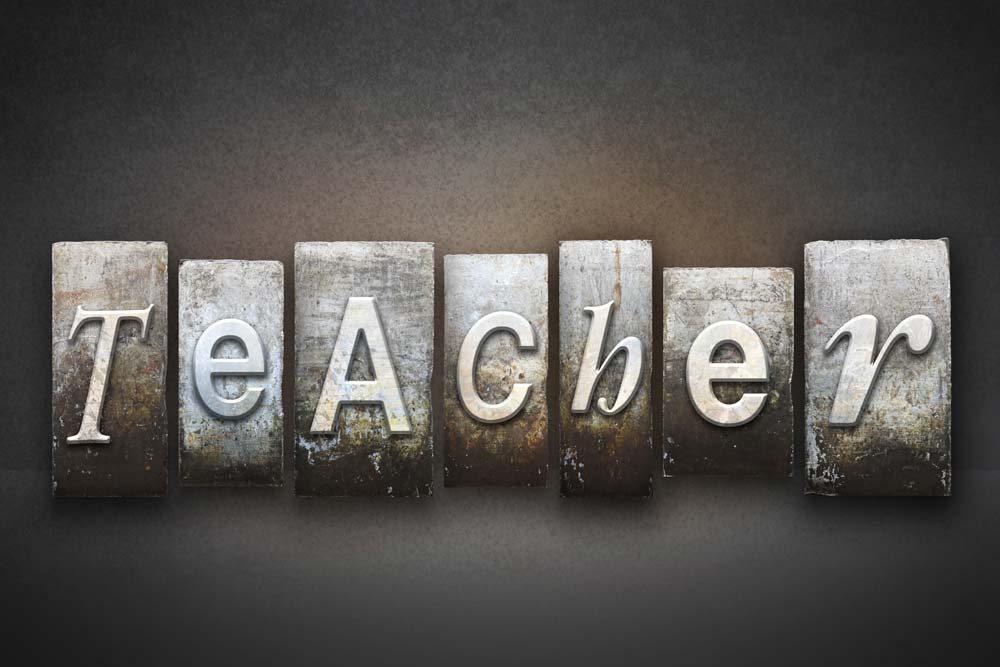 1. Fairness. You are the leader in the tutoring session and your behavior determines the student’s behavior. The student will look to the tutor constantly for consistent leadership. It is therefore important that the tutor understands what he or she asks from the student and is prepared to readily admit mistakes if any occur. Nothing destroys a student’s respect faster than insecurity and inconsistency.
1. Fairness. You are the leader in the tutoring session and your behavior determines the student’s behavior. The student will look to the tutor constantly for consistent leadership. It is therefore important that the tutor understands what he or she asks from the student and is prepared to readily admit mistakes if any occur. Nothing destroys a student’s respect faster than insecurity and inconsistency.
Example:
Tutor: Caroline, that is incorrect, that is not the way you should be interpreting the text.
Caroline: But it says here that my teacher wants us to learn it this way though!
Tutor (after several moments): I apologize, Caroline, I was mistaken. I understand why your teacher wants you to learn it this way and here’s why…
2. Malleability. Tutoring is not a boot-camp, nor a funhouse. You run an environment that gets the best results out the student. So when the student deserves a break or some leeway, give it to them. When their behavior forfeits your goodwill, these relaxed gestures should be curtailed. Maintaining strong boundaries helps keep them focused on the task at hand.
Example:
Ethan: I don’t want to do this, it’s so boring! I just did so much work too!
Tutor: Ethan, you’ve worked cleanly and with a lot of dedication for 30 minutes straight. During the next simple exercise, you can put on your headphones and listen to some music.
(The tutor monitors his progress as Ethan does so.)
3. Promptness. When a student knows that his tutor will be sitting there every 5 o’clock on a Tuesday, it translates into engagement with the material and teaching character. A late tutor is seen as weak and ineffective, one that doesn’t take his job or the material very seriously.
4. Sense of Humor. A student’s mood often proves to be the only obstacle between success and glorified baby-sitting time. A mind consumed with a bad day at school has little room for Math or English. To get their attention in the right place, a joke is in order. Find something entertaining about their One Direction, American Girl, or Yankees obsession and crack wise (gently, of course). Putting a smile on their face will relax the session and open their minds to learning.
By David Hollander, Private Tutor